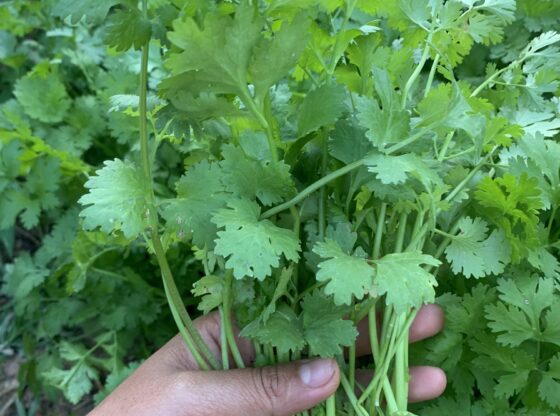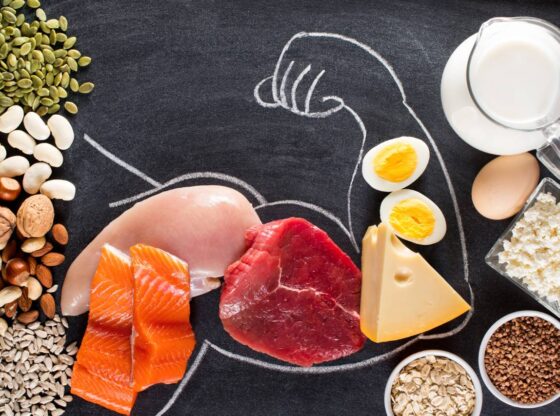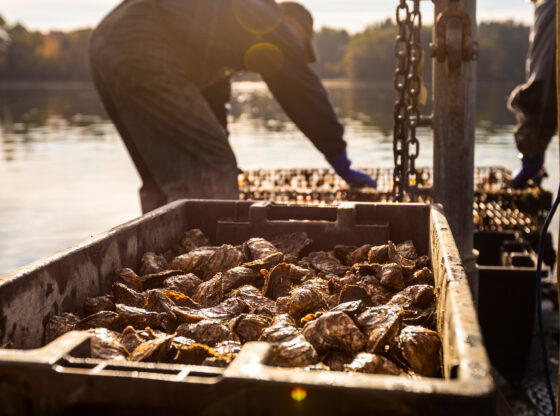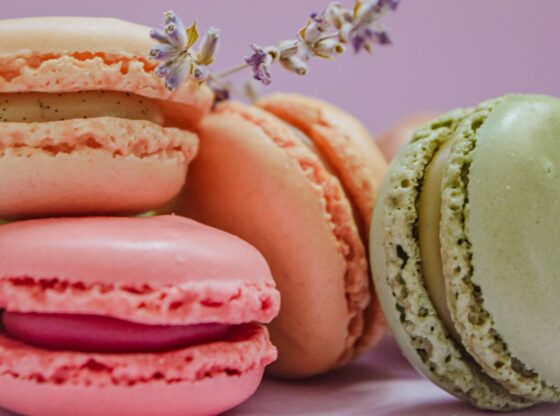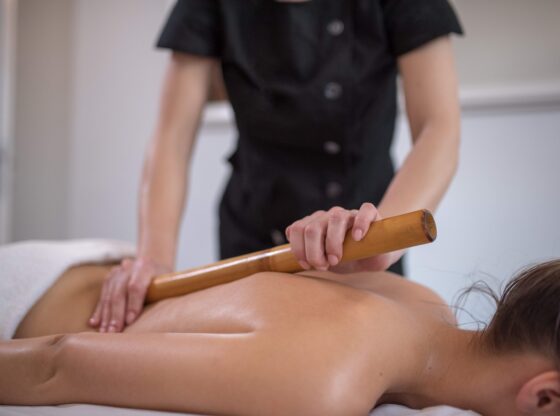![]()
When I used to go to the beach as a young lad in the 1960s, we’d see the occasional man with a modest tattoo on his arm or chest.
Often it was simply an image of an anchor like in the Popeye cartoons. By the very late 20th century, tattoos began to leave the shadows, so to speak.
Today, they are downright mainstream, particularly among young people. And as the popularity of tattoos continues to grow, so does the concern about potential risks.
Dirty needles can pass infections like hepatitis and HIV. Infections can come from any number of places at the tattoo parlour…not just the needle. In fact, in 2012, public health officials in New York received at least 14 reports of non-tuberculous mycobacterial (NTM) skin infections in people exposed to contaminated water used to dilute tattoo ink.
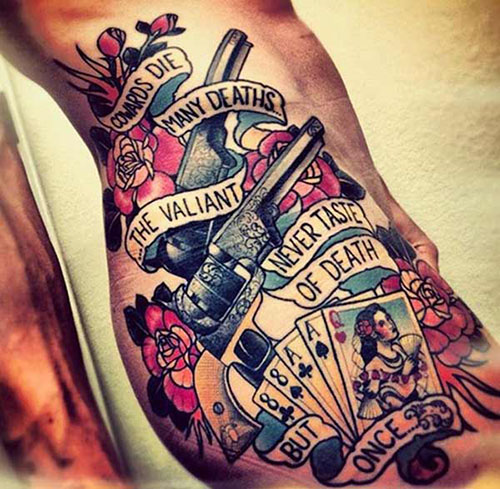
What goes into the ink ?
Concentrated tattoo inks often come from products never intended for tattoos.
For example, tattoo parlours can use a product made with calligraphy ink, drawing ink, or even printer ink.
The ink manufacturers often sell their products online, the government doesn’t regulate or oversee the product itself.
Ironically, most of the same hip folks who think tattoos are trendy would never knowingly ingest a chemical substance or even come in contact with one on top of their skin. Yet they willingly and permanently etch these chemical pigments under their skin.
It’s mind-boggling. We also need increased knowledge about the safe and effective removal of these pigments. The pigments may adversely interact with sunlight, or cause reactions in the skin when exposed to the sunlight.
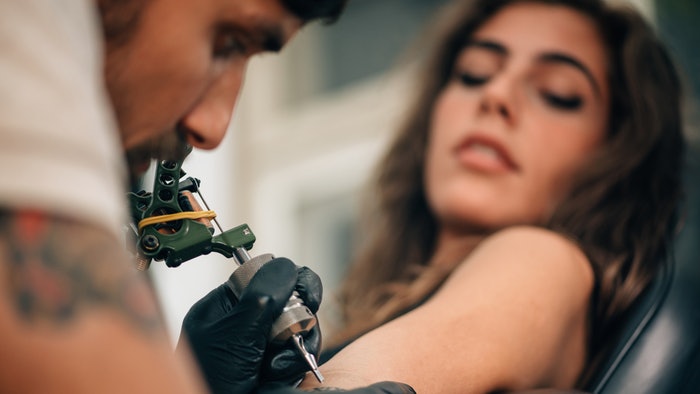
We don’t know enough about the possible migration of pigments from the skin into the body, where they may eventually contribute to organ failure. Some evidence suggests when the body tries to get rid of these foreign chemicals, it produces toxic byproducts.
The body can also form granulomas – small knots or bumps of scar tissue – around material it perceives as foreign, such as particles of tattoo pigment.
I know humans have used tattoos to convey socially significant symbolism for thousands of years, and Thailand was – and is – famous for BAMBOO tattoos, the past hundred years or so only natural substances were used – not chemical pigments – stones, not needles, were used also.
Furthermore, these artistic, decorative tattoos often faded or disappeared naturally after their moment of glory – like henna art, which is still widely available today for those so inclined.
When confronting the tattoo needle today, you really need to ask your children and grandchildren, “What’s the point?”
When it comes to the hazards of this primitive, potentially dangerous practice, colour me concerned.





